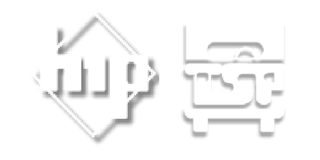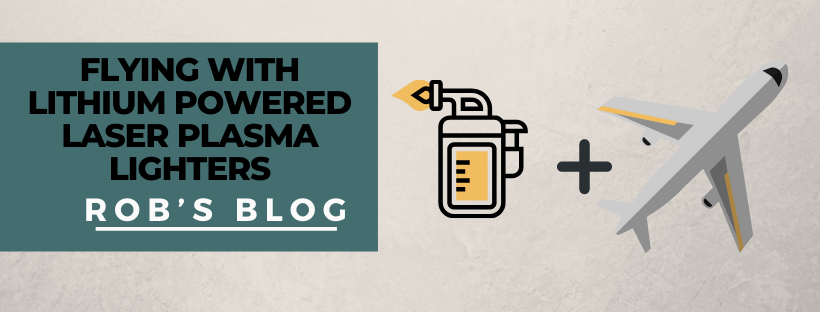I can’t spell, flunked algebra and find it very hard to pay attention, which is the reason for the first two. But…… “what I do have are a very particular set of skills, skills I have acquired over a very long career, skills that make me a nightmare for people like you”.
I am a Dangerous Goods Specialist.
Download the book;
HOW TO USE THE HAZARDOUS MATERIAL REGULATIONS
1) SKILL: NUMBERS
Algebra, calculus and trigonometry. No! I am not even sure what they mean, let alone how to use them. But I can count, which is critical when searching and referencing numerical Titles, Chapters, Parts and Sections.
TITLE 49;
the “DEPARTMENT OF TRANSPORTATION”.
CHAPTER I;
the “PIPELINE AND HAZARDOUS MATERIALS SAFETY ADMINISTRATION”
PART 171;
the “HAZARDOUS MATERIAL REGULATIONS GENERAL INFORMATION”
SECTION; 172.101
the “ THE HAZARDOUS MATERIALS TABLE”
Federal regulations start, not alphabetically, but numerically. They are not dictionaries. You will not find “empty” containers under a giant letter “E”, or “training”, under a “T” and so on. You look up numbers.
2) ADDITIONAL SKILLS:
ALPHABETICAL SEQUENCING AND UNDERSTANDING THE LAW’S CASES
Second and third, I have cobbled together a basic understanding of alphabetical sequencing and quite unremarkably, as I’ve been told, is the fact that I am able to clearly distinguish the difference between uppercase and lowercase letters, which you will find imperative when distinguishing between Subpart “A” from Paragraph (a).
172.101(a)(1)(i)(A)
Then because. the Subtitles, Subchapters and Subparts are in alphabetical order, it’s not that important that you know how to spell, as much as you know the order of the alphabet. A, B, C, D, E and so on. Also, regulatory paragraphs are not composed strictly of one group of sentences like in English Lit, they can include subparagraphs and sub-subparagraphs. So, if the paragraphs are in lowercase letters like “(a)”, this of course would force the subparagraphs back to numerical, like “(1)” as in 172.101(a)(1).
“THERE’S A HUGE DIFFERENCE BETWEEN BEING EXCEPTED FROM SUBPART “A”, THEN FROM SUB-SUB-SUBPARAGRAPH (A)”
Here’s where it gets tricky for me, because the sub-subparagraphs do not return to alphabetical, but convert to Roman numerals, like “(i)”. This would leave the sub-sub-subparagraphs to be capital letters, like the letter (A), as in 172.101(a)(1)(i)(A).
I am telling you, if you can count, I mean that you know that the number 2 appears directly after the number 1 and you can sing the alphabet song, you too, could play a part in this dangerous profession.
*Quote:
Movie: TAKEN
Be Safe!
Robert J. Keegan
Publisher and President
Hazardous Materials Publishing Company
hazmat.tsp@gmail.com
Facebook: Hazmat Rob









